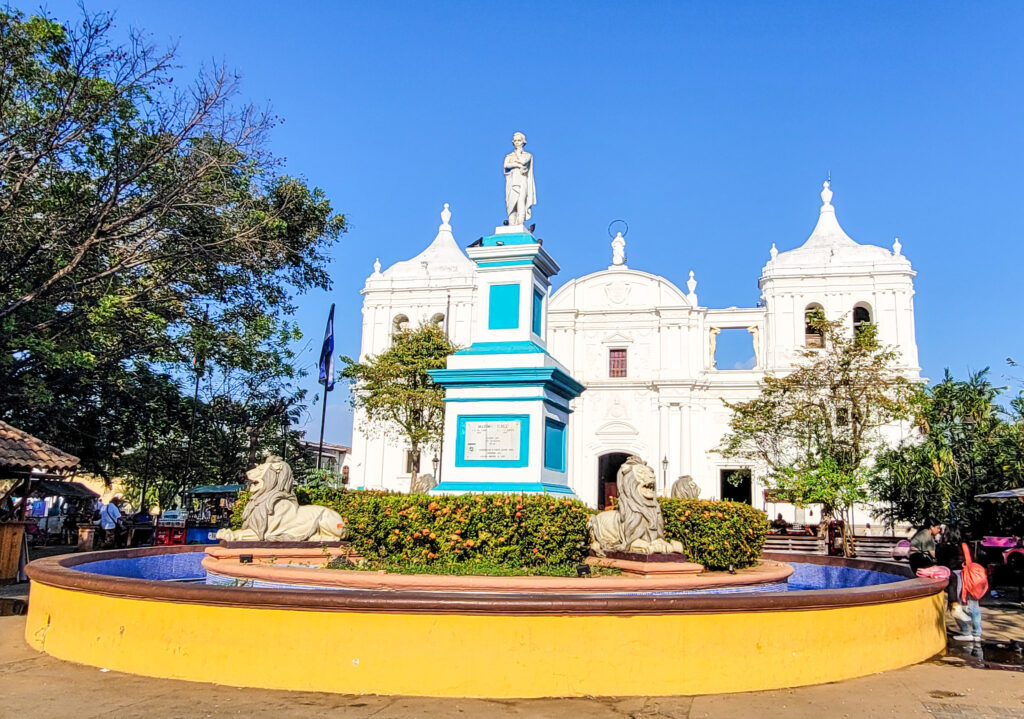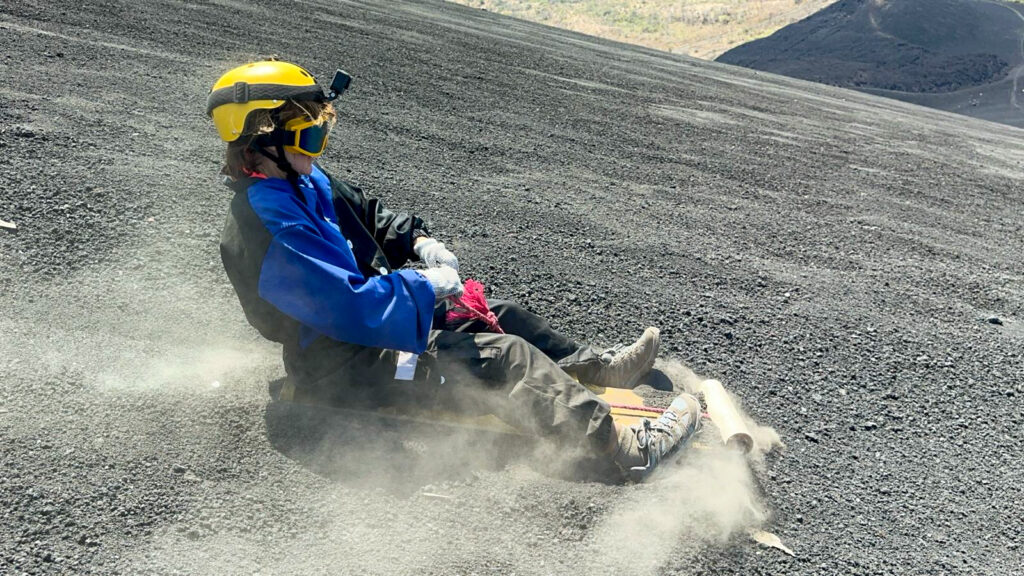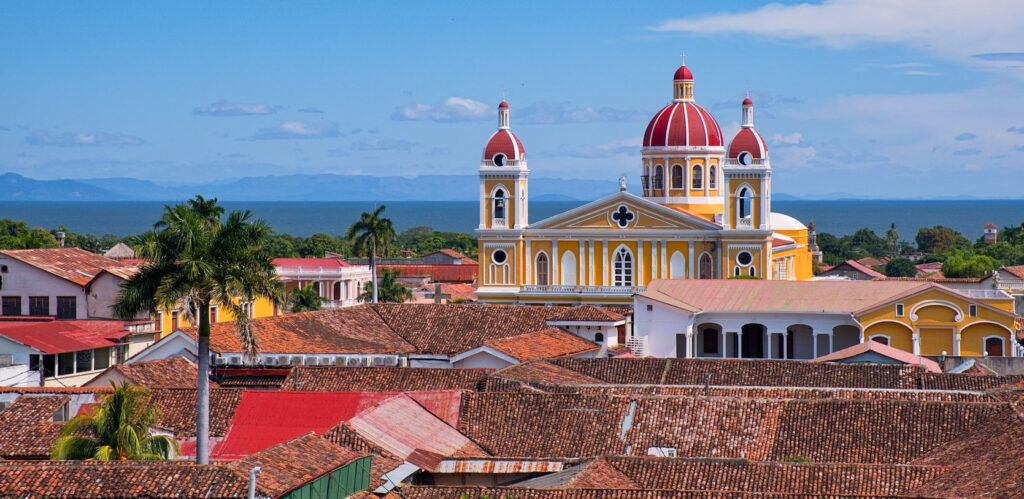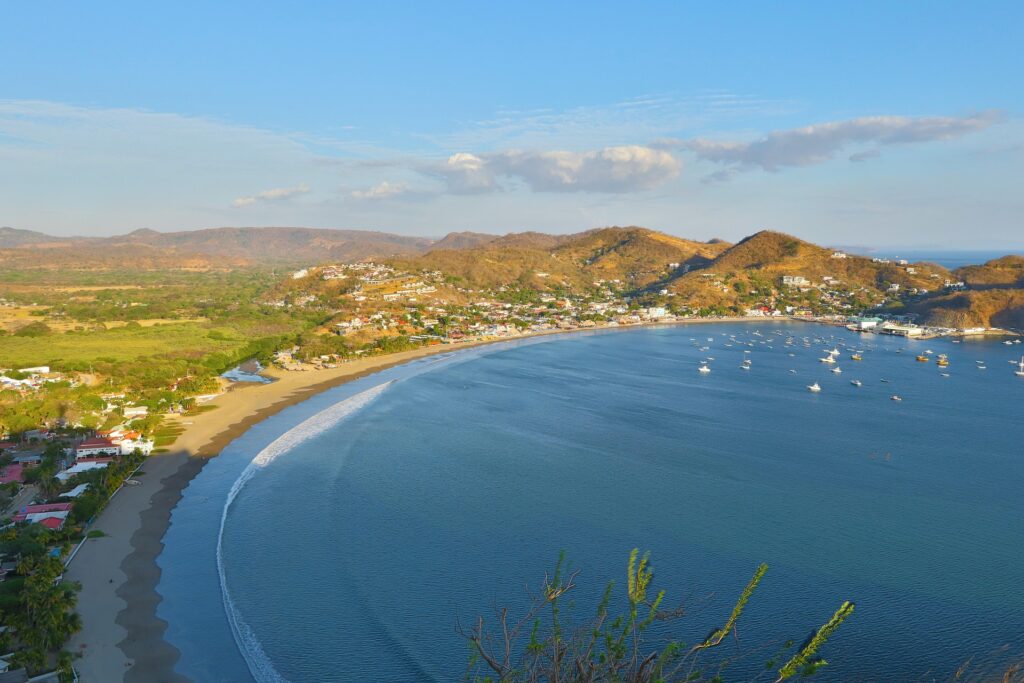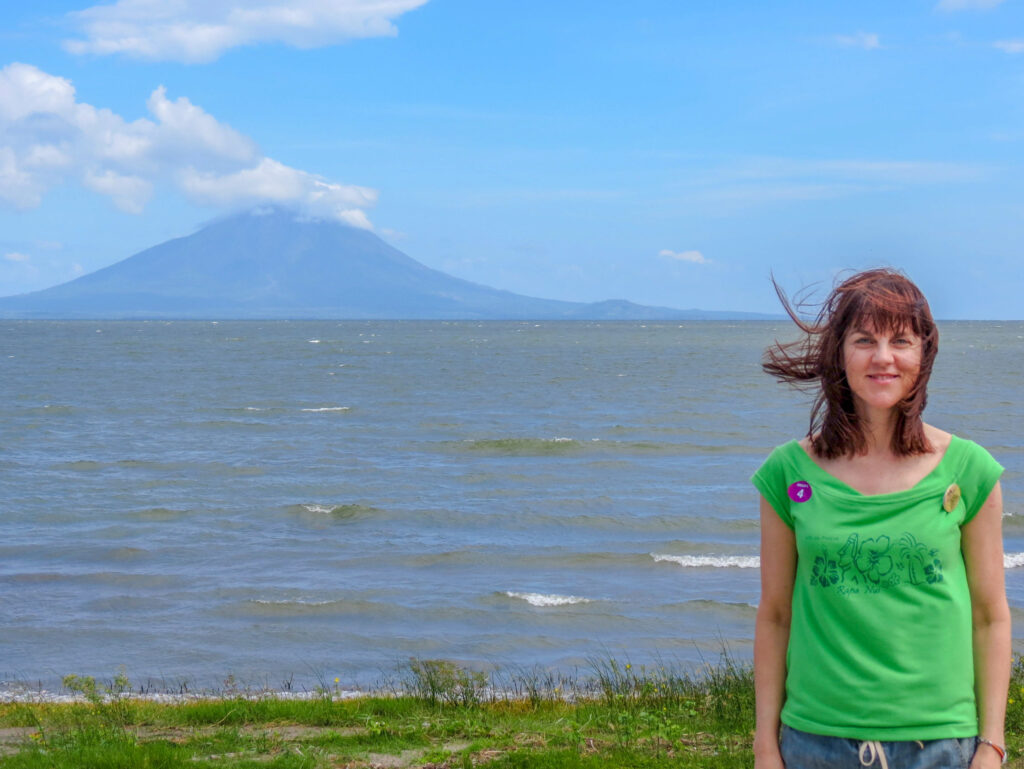
About Republic of Nicaragua
Known as the ‘land of lakes and volcanoes,’ Nicaragua is the largest country in Central America. The main language is Spanish, however, indigenous people on the Mosquito Coast speak their own language. Like the rest of Central America, the area was conquered by the Spanish conquistadors in the 16th century. Nicaragua gained independence in 1821. The colonial cities Granada and Leon have been rivals for the nation’s capital over the years. Today, the capital city is Managua and currency is the Nicaraguan cordoba.
Nicaragua is a biodiversity hotspot with many geological landmarks. Lake Nicaragua and Lake Managua are the largest lakes in Central America. Lake Nicaragua has freshwater sharks and sawfish. Bosawás Biosphere Reserve is the second-largest rainforest in all of the Americas. Nicaragua is home to 19 active volcanoes and invented the sport volcano boarding at Cerro Negro. Nicaragua is one of my favorite travel destinations in the world because it’s so authentic and not overrun with tourists like Costa Rica. Below are my Nicaragua Travel Guides for your planning.
“Every Nicaraguan is a poet until proven otherwise” summarizes Nicaragua’s deep enthusiasm for poetry.
The mix of cultures and history cultivated a diversity in food, art and culture. The bohemian city, Leon, is home to many of Nicaragua’s famous poets, such as, Ruben Dario, Salomon de la Selva and Alfonso Cortes. Darío is the icon of the Modernism Poetic Movement of the late 1800s to early 1900s.
Nicaragua was under the Somoza dictatorship from the 1930’s until the Nicaraguan Revolution in the 1960’s and 1970’s. The Sandinista National Liberation Front (FSLN) ousted the dictatorship in 1978-9. Then, Nicaragua became the proxy war battleground for the Soviet Union/United States Cold War. The United States backed the right-winged rebels known as the Contra’s against the leftist FSLN.
Thousands of Nicaraguans lost their lives during the Contra War. The Contras performed horrific human rights violations against the Nicaraguan Government. Finally in 1989, the signing of the Tela Accord demobilized the FSLM and Contra armies. Leon is considered the “City of Revolution” where the roots of the conflict began.
Nicaragua Travel Guides
Leon, Nicaragua 2-Day Travel Itinerary – Historic Walking Tour, Volcano Boarding and More
Where else can you visit a city in the wake of a recent revolution and go volcano boarding one hour later? Leon…
Epic Nicaragua Volcano Boarding Tours at Cerro Negro – Tips and How to Plan
Volcano boarding at Cerro Negro is one of the best things to do in Nicaragua. It is one of the few places…
12 Amazing Things to Do in Historic Granada, Nicaragua
The charming, colonial town of Granada offers plenty of the culture, lakes and volcanoes that Nicaragua is known for. It’s up and…
Amazing San Juan del Sur, Nicaragua Off the Beaten Path
San Juan del Sur is an amicable front door to the exotic Nicaragua. It stands on the edge of a shoreline daring…
Exotic Lake Nicaragua and Rivas Highlights Tour
Nicaragua is known as the “country of lakes and volcanoes.” Lake Nicaragua and Rivas are 2 top destinations in this exotic region….

